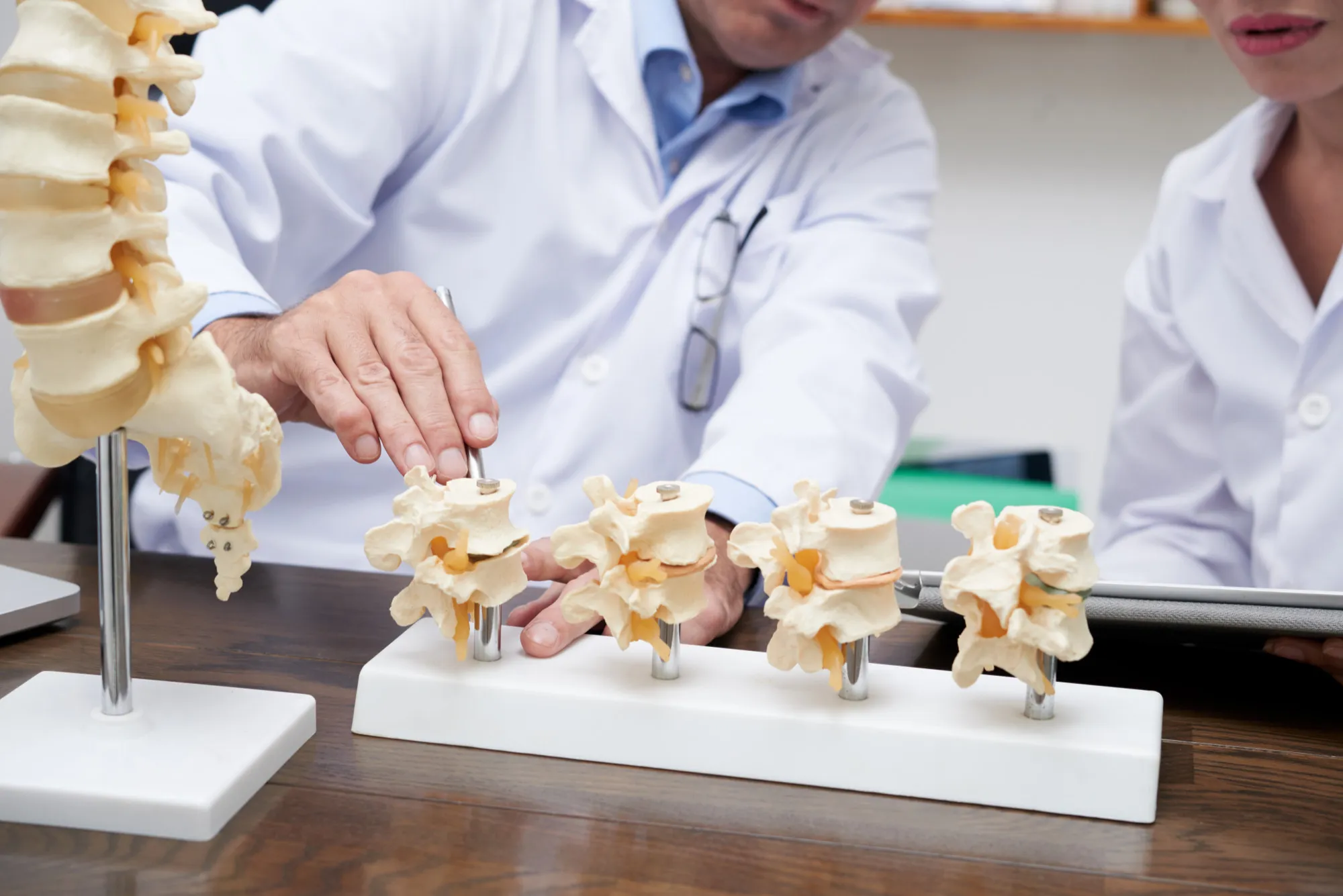The field of orthopedic surgery has witnessed significant advancements in minimally invasive procedures, most notably, arthroscopic surgery. This specific surgical approach has been a boon to patients suffering from joint injuries, particularly within the shoulder’s complex structure. Among these, arthroscopic subscapularis (SSc) tendon repairs have become increasingly effective, as outlined in a detailed study published in the Arthroscopy: the journal of arthroscopic & related surgery, by Monroe et al. (2020). This research article presents compelling evidence on the efficacy of arthroscopic SSc repairs, offering hope and improved quality of life for patients grappling with rotator cuff injuries.
Study Overview
Emily J. Monroe et al. conducted a robust research study aimed at analyzing patient-reported outcomes following arthroscopic SSc repair. The study, which observed a period from January 2010 to April 2016, focused on both isolated repairs and those combined with supraspinatus (SS) and/or infraspinatus (IS) procedures. Patients were evaluated using the Patient-Reported Outcomes Measurement Information System for Upper Extremity (PROMIS-UE) and visual analog scale (VAS) pain score postoperatively. The research scrutinized the severity of SSc tears—partial or complete—alongside concurrent procedures and their implications on recovery outcomes.
Findings Confirm Substantial Pain Relief
The study’s findings were groundbreaking. A total of 145 shoulders were included, with patients averaging 62 years of age and an average follow-up period surpassing four years. Notably, a significant decrease in pain scores was documented, plunging from a discomforting 4.8 average to a mere 0.9 post-surgery (P < .001). Additionally, the PROMIS-UE score achieved a mean of 50.7, signaling a successful return to near-normal upper extremity function for the patients involved.
This research sheds light on the prevalence of partial SSc tears with additional SS and/or IS repair, which was the case for 44.1% of the repairs. Isolated partial and complete SSc repairs were less prevalent at 29.9% and 5.9% respectively, while combined complete SSc, SS, and/or IS repairs accounted for 20.1% of the cases.
A major revelation was that the size of the SSc tear and the existence of concurrent repairs did not significantly alter the positive outcomes, with postoperative PROMIS-UE scores showing no substantial divergence between the groups (P = .609). Thus, whether the SSc tear was partial or complete, patients could expect similar outcomes post-repair.
Biceps Pathology: An Expected Finding but Not a Game Changer
The presence of biceps tendon pathology was more frequently associated with complete SSc tears. However, the researchers observed that neither the existence of biceps issues nor the interventions to address them had a noticeable impact on the postoperative patient outcomes.
Implications for Shoulder Surgery
The implications of these findings are comprehensive, affecting surgical practices and patient care protocols. For clinicians, this study reinforces the value of arthroscopic techniques in managing full and partial SSc tears, while confirming that the overall success of the surgery is not contingent upon the complexity of the tear or concomitant treatments. For patients, the research offers reassurance that regardless of their specific condition, the surgical approach has a high likelihood of yielding significant pain reduction and restoring functionality.
The Importance of Patient-Reported Outcomes
Central to the study is the utilization of patient-reported outcomes (PROs), an increasingly critical component in assessing the success of surgical interventions. PROs, such as those captured by the PROMIS-UE, provide a patient-centric evaluation, reflecting the impact of the surgery on their daily lives. Thus, this study underscores the necessity to incorporate PROs into postoperative assessments, ensuring patient experiences, and perceptions are at the forefront of surgical success metrics.
Study Limitations and Future Research
While the study’s design—level IV, retrospective case series—provides compelling evidence, there remain inherent limitations due to its retrospective nature. Future research could benefit from prospective studies with larger cohorts and potentially randomized controlled trials. These further studies can refine our understanding of how different surgical techniques impact specific patient demographics.
Conclusion
The study by Monroe et al. concludes with a strong affirmation of the benefits of arthroscopic subscapularis repair surgeries. Patients experienced significant pain relief and improved patient-reported outcomes, irrespective of the injury’s nature and complexity. As such, these findings are crucial for guiding clinical decision-making, patient education, and setting realistic expectations pre-and post-surgery.
The research report by Monroe et al. can be accessed through its DOI: 10.1016/j.arthro.2019.01.034, offering an in-depth resource for healthcare professionals and patients alike.
Keywords
1. Arthroscopic Subscapularis Repair
2. Shoulder Surgery Outcomes
3. Patient-Reported Outcomes Measurement
4. Rotator Cuff Repair Techniques
5. Minimally Invasive Orthopedic Surgery
References
1. Monroe, E. J., Flores, S. E., Chambers, C. C., Zhang, A. L., Feeley, B. T., Lansdown, D. A., & Ma, C. B. (2020). Patient-Reported Outcomes After Isolated and Combined Arthroscopic Subscapularis Tendon Repairs. Arthroscopy: The Journal of Arthroscopic & Related Surgery, 35(6), 1779-1784. DOI: 10.1016/j.arthro.2019.01.034
2. Tashjian, R. Z. (2016). Epidemiology, natural history, and indications for treatment of rotator cuff tears. Clinics in Sports Medicine, 35(4), 589-604. DOI: 10.1016/j.csm.2016.06.001
3. Cho, N. S., Rhee, Y. G. (2009). The factors affecting the clinical outcome and integrity of arthroscopically repaired rotator cuff tears of the shoulder. Clinical Orthopaedics and Related Research, 467(2), 455-462. DOI: 10.1007/s11999-008-0599-7
4. Keener, J. D., Wei, A. S., Kim, H. M., Steger-May, K., Yamaguchi, K. (2009). Proximal humeral migration in shoulders with symptomatic and asymptomatic rotator cuff tears. Journal of Bone and Joint Surgery – American Volume, 91(6), 1405-1413. DOI: 10.2106/JBJS.H.00854
5. Burkhart, S. S., Danaceau, S. M., Athanasiou, K. A. (2001). Turf-toe: A shoe-surface related football injury. Medicine and Science in Sports and Exercise, 33(6 Suppl), S27-35. DOI: 10.1097/00005768-200106001-00005
